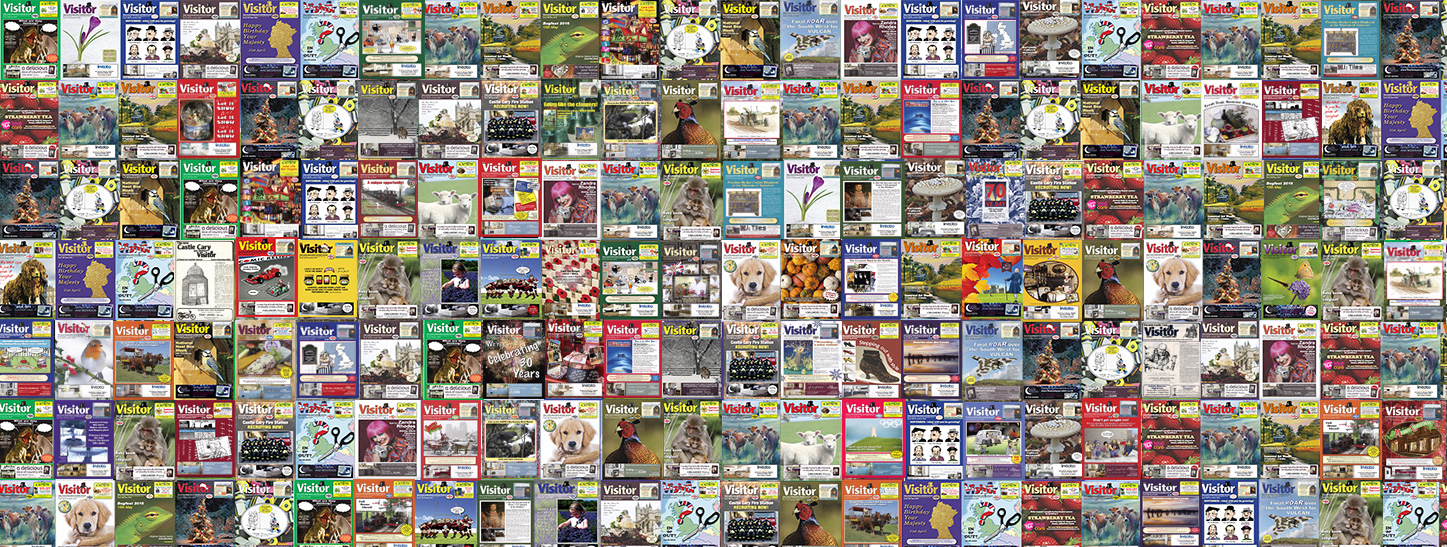Exhibited alongside work from a carefully selected group of contemporary makers, a ground breaking collaboration between Textiles and Architecture students is on show at Dorset’s only Arts Council-funded crafts centre, Walford Mill Crafts in Wimborne, as part of the Textile Textures exhibition.

The project is the result of a three-week residency in which four first year students from Arts University Bournemouth (AUB) – two from BA Textiles and two from BA Architecture – worked together to produce a collective response to the Mill building, which dates from around 1760.
The installation, Passing It On, is an assembly of large panels with layered components that combine experimental 2D and 3D drawings, as well as photographs, that have been worked with stitch, collage, origami and cut-through. Also on show are the many drawings, photos, samples and experiments that chart the group’s progress from initial inspiration to final delivery.
Having found common ground in the idea of altering the notion that weeds, moss and fungi are undesirable outcomes of decay in aged buildings, the students worked in two groups, with the results of first group’s week-long exploration of Walford Mill being developed by the second group in Week Two of the residency before both groups worked together in the final week.

“This has been a really exciting project,” says Textiles student Ana Clark. “To be able to work with a student from another creative discipline has been an eye-opening experience and the Mill has provided an excellent environment to develop a collaborative project. There is a wonderful feeling of inclusion and a creative feeling that has definitely informed the way we worked.
“It was fascinating to see how differently we respond to buildings for instance – the architects immediately began to draw lines and structure, whereas I would draw the trees in front or notice the staining on the brickwork.”
Architecture student Leyla Salih was similarly energised by the opportunity to work and exhibit outside of the educational environment of AUB.

“This collaboration has been such an extraordinary experience,” she says. “So much has inspired us throughout our time at Walford Mill and it’s been great to see how so many characters and creatives work. I’ve learned things that I couldn’t have learned without this opportunity.”
During the residency the students spent time with guest mentors Adam Zombory-Moldovan, whose plans to extend and upgrade Walford Mill Crafts were granted planning permission some years ago; Dr Nicola Thomas from the University of Exeter; and furniture maker Karen Hansen.
“It was fascinating to talk to the mentors about their experience of collaboration,” says Textiles student Isabella Phillips. “As an architect the level of detail that Adam Zombory-Moldovan has to design is phenomenal yet there are other projects that he comes into much later in the process and works with other professionals.
“Talking to him opened my perspective on what architecture does by analysing every aspect of the projects he works on, from the form of the building right down to the light fittings within and I’m sure that understanding will surface in my work in future, not least because the project has also greatly increased my confidence and contribution to the collaborative process.”

A key part of the project was the opportunity for the students to trade tools and materials – architects using needle and thread, textile artists utilising straight lines and matchsticks so that industrial architectural equipment is used in combination with intricate stitchwork and natural materials including moss and pieces of wood.
“For me the collaboration was an excellent opportunity to escape the mind set of thinking and working like an architect,” explains Architecture student Tatenda Tivatyi. “Using materials and tools that I had no previous knowledge of deepened my engagement within the collaboration – I see this as a beneficial step in seeking a career in architecture.”
Support from the Walford Mill Education Trust and the Elmgrant Trust made the students’ residency possible.
“The Textile Textures exhibition gives textiles a voice that refines surface textures and colour,” says curator Christine Fletcher-Jones, joint CEO Walford Mill Crafts.
“It has been incredibly exciting to have the AUB students working here. Their energy, talent and enthusiasm have been an inspiration, but they have also benefitted from the wealth of experience and skill of our resident makers.
“This is at the heart of what Walford Mill Crafts is all about – not only are we a centre of excellence for contemporary British craft and design, we are also proud of our record as an educational trust nurturing the next generation.”

